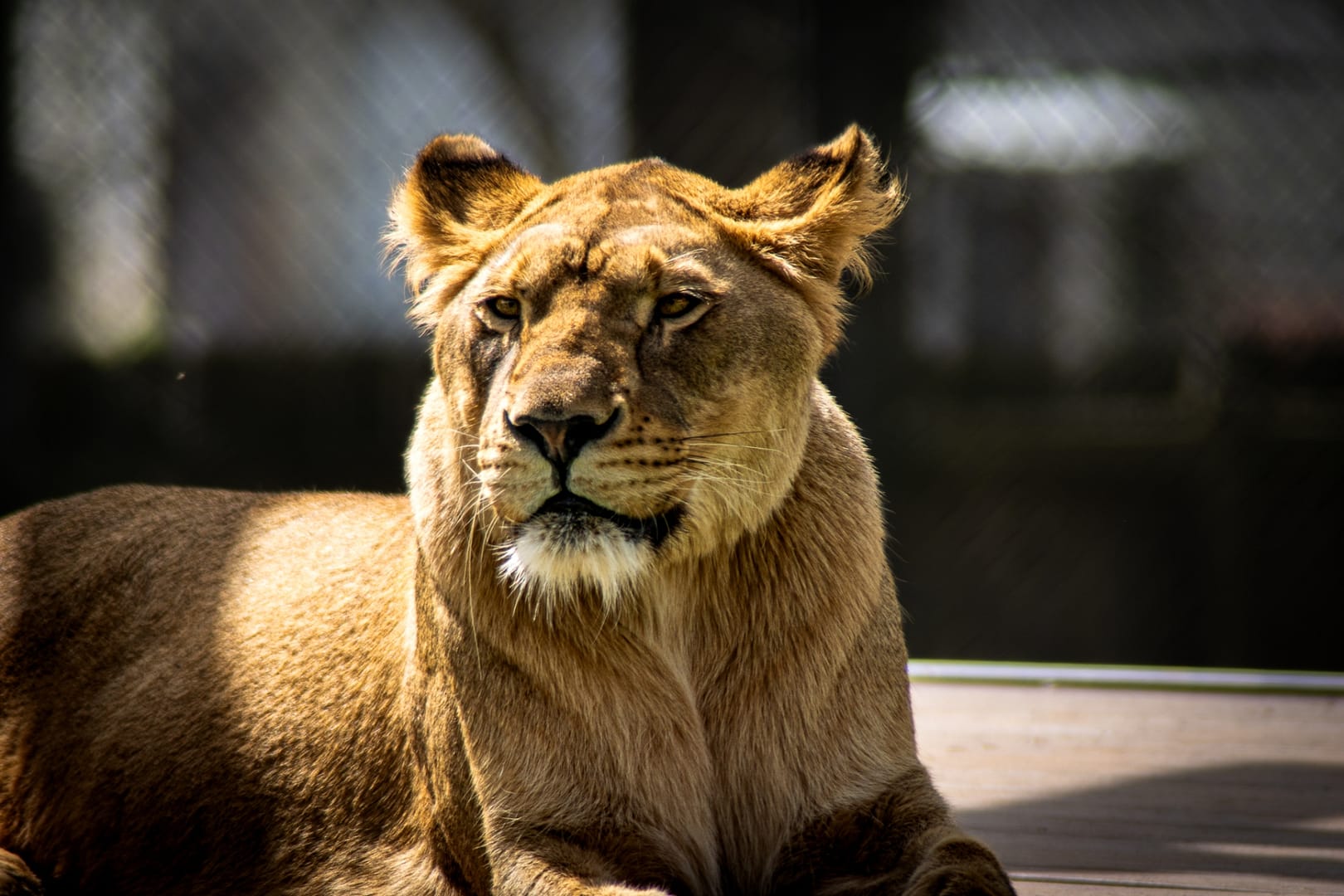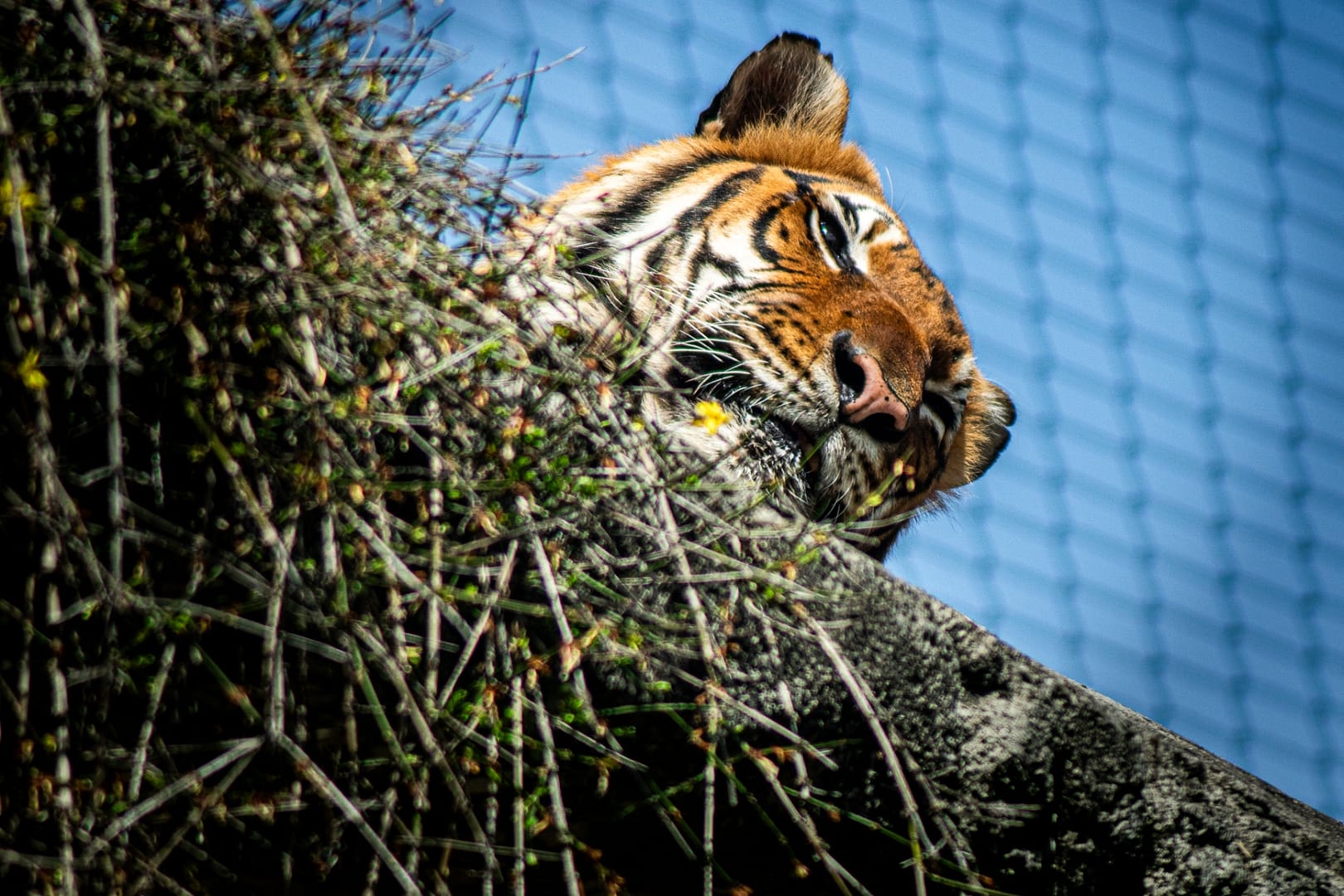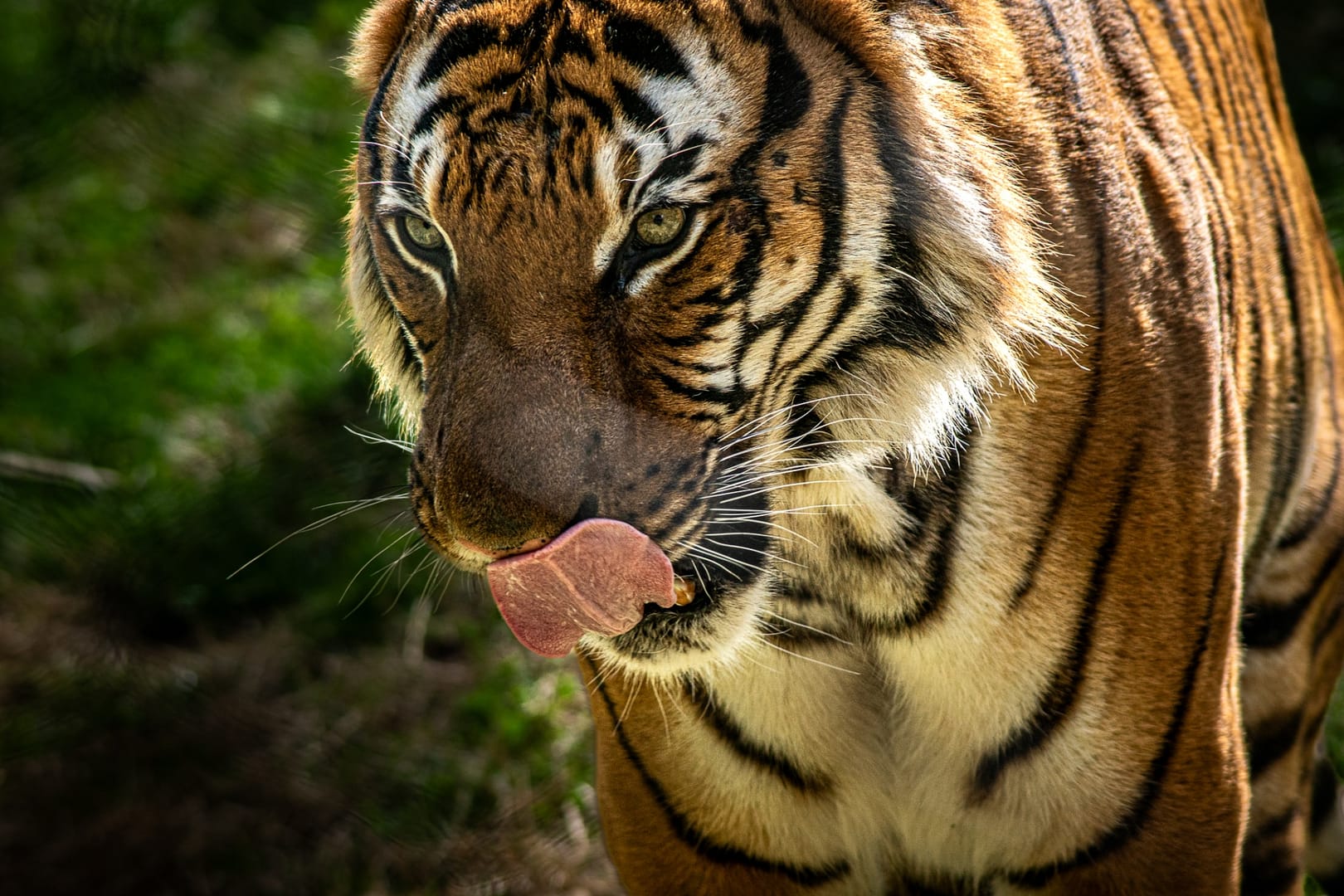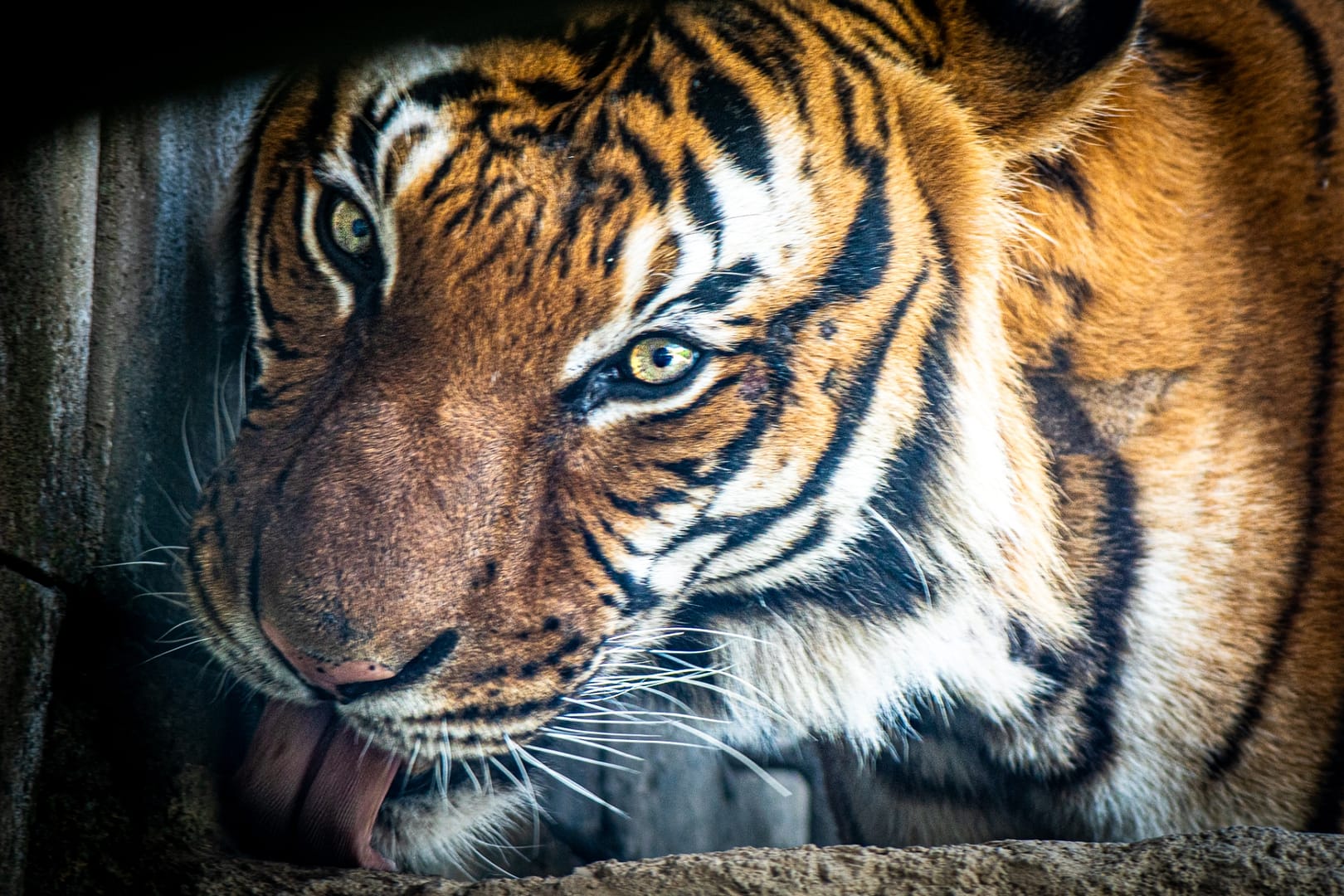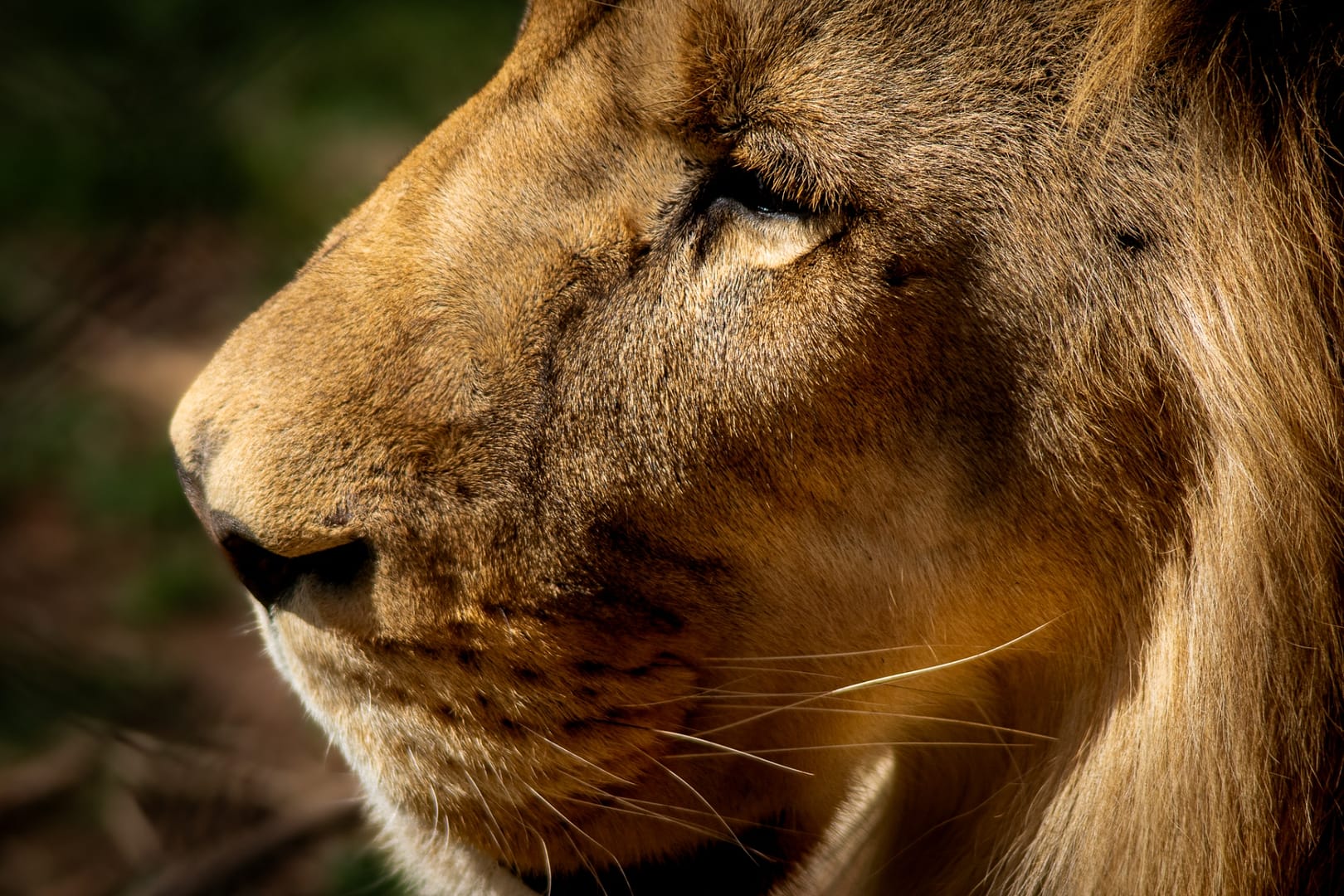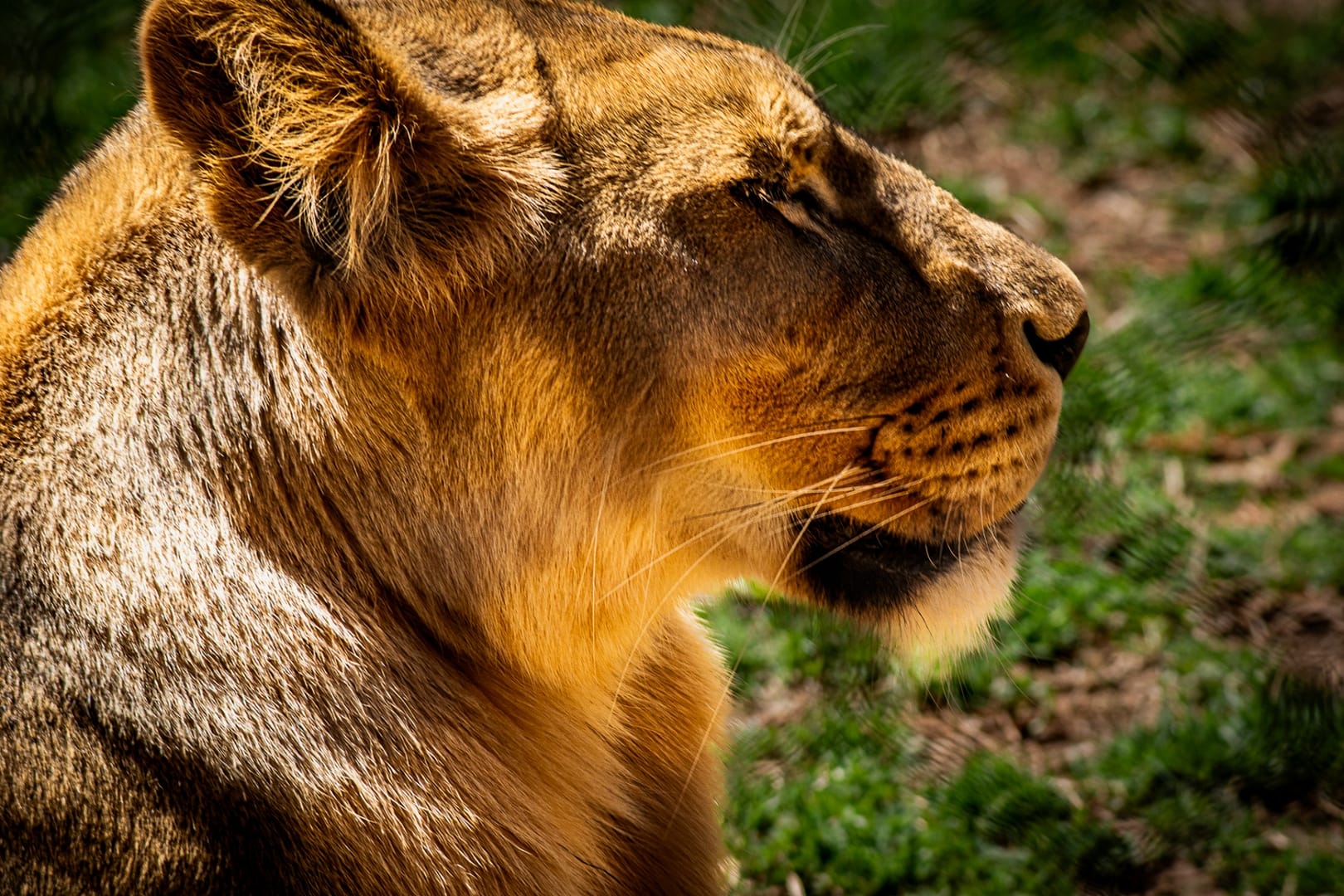Through My Lens: Big Cats in Focus
From the snow-covered Himalayas to the scorching savannas of Africa, big cats have roamed the earth as silent rulers of the animal kingdom. Living at the top of the food chain these predators inspire awe, imagination and dreams of the wild jungles. This means that they have no natural predators of their own. But behind their piercing eyes lies a story of survival, adaptation, and sometimes struggle. Let’s dive into the fascinating world of big cats; nature’s most stealthy hunters.
What Exactly is a “Big Cat”?
“Big cat” is a term used to describe the largest members of the Felidae family of which all cats have descended. While there’s some debate over the exact definition, most agree it includes lions, tigers, leopards, jaguars, snow leopards. Some also include cougars (or mountain lions) and cheetahs to this list, though they are really part of the subfamily that follows the big cats.
The Main Players
- Lion (Panthera leo)
Often called the “king of the jungle,” lions actually prefer grasslands and savannas. They are the only truly social big cats, living in prides. Their thunderous roar can be heard up to 5 miles away. - Tiger (Panthera tigris)
The largest of all big cats, tigers are solitary and stealthy. Each has a unique stripe pattern, like a fingerprint. Found primarily in Asia, they are also one of the most endangered. - Leopard (Panthera pardus)
Masters of stealth and adaptability, leopards are comfortable in a range of environments; from jungles to deserts. They’re strong climbers and often stash their prey in trees. - Jaguar (Panthera onca)
Native to the Americas, jaguars have the most powerful bite of any big cat, capable of crushing turtle shells. They’re excellent swimmers and love water. A rarity in the feline world. - Snow Leopard (Panthera uncia)
Ghosts of the mountains, snow leopards are built for cold, high-altitude life. With thick fur and long tails for balance and warmth, they remain elusive and mysterious.
Notice the change of the genus name here, from Panthera to Acinonyx and Puma. This is why everyone doesn’t include them in the list of big cats.
- Cheetah (Acinonyx jubatus)
Built for speed, not power, cheetahs can accelerate from 0 to 60 mph in just 3 seconds. Unlike most big cats, they hunt by day and rely on sight, not stealth. - Mountain Lion (Puma concolor)
Also known as cougars, pumas, or panthers (depending on the region). Mountain lions are the most widespread big cat in the Americas. They’re solitary, powerful, and highly adaptable; thriving in forests, deserts, and even urban edges. While not part of the Panthera genus and unable to roar, they’re still formidable hunters, known for their agility and stealth.
Conservation in the Crosshairs
Big cats face threats from habitat loss, poaching, and conflict with humans. Tigers have lost over 90% of their historic range. Lions have disappeared from most of Africa. Conservation efforts are ongoing, through sanctuaries, antipoaching units, and community-based initiatives — but they need global efforts, attention and support.
Why Big Cats Matter
Big cats are keystone species, their presence or, lack thereof, affects the entire ecosystem. When big cats thrive, it often means the ecosystem is healthy. Have you ever seen “A Lion King”? They help regulate prey populations, which in turn maintains vegetation and balances biodiversity.
A Final Roar
Big cats are more than just regal, majestic animals! They are symbols of wildness, freedom, and balance. They remind us of a time when we feared nature and didn’t rule all the earth, we were vulnerable. Protecting them isn’t just about saving a species; it’s about preserving the natural world we all depend on, as all things are connected.
A Personal Glimpse
I only have photos of lions and tigers from my trip to the Knoxville Zoo. But I hope you can still see the royalty in these amazing animals. Watching them up close was a powerful experience — they were calm, strong, and full of quiet confidence.
It just made me realize how special these creatures are. They’re more than just beautiful animals; they’re symbols of the wild we need to protect.
Let me know what you think. Do you have a favorite big cat? Have you ever seen one up close? Here’s to keeping the wild alive, and letting the big cats inspire my creative path. Where is your path leading you?
